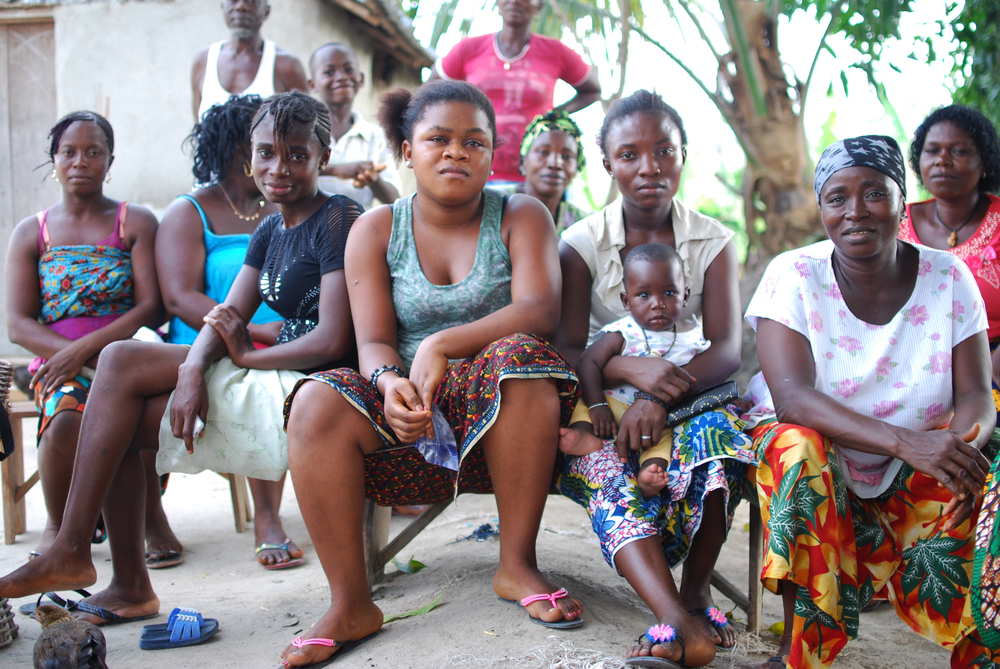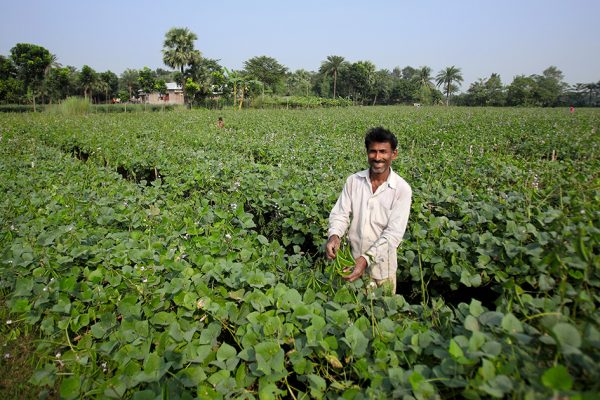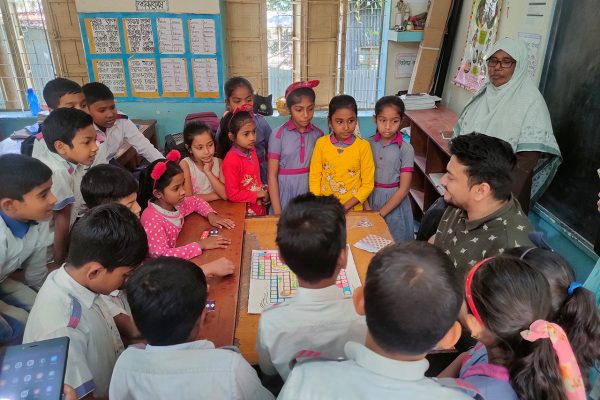How BRAC Microfinance recovered from the Ebola crisis
Reading Time: 3 minutes
How do we build resilience during and after a crisis? A new GDI case study from BRAC offers insight into lessons learned from the West Africa Ebola outbreak of 2014-2015, highlighting what can be done to strengthen organisations responding and with the people they serve.
Originally posted on the Global Delivery Initiative blog.
How do we build resilience during and after a crisis? A new GDI case study from BRAC offers insight into lessons learned from the West Africa Ebola outbreak of 2014-2015, highlighting what can be done to strengthen organisations responding and with the people they serve.
When Ebola tore across Liberia, Sierra Leone, and Guinea in 2014, BRAC faced a difficult decision with regard to the microfinance institutions (MFIs) that it operates in Sierra Leone and Liberia. It could try to adjust operations on the ground and press forward. Or, it could pause operations and establish protocols to protect staff, clients, and relationships. The first path could potentially risk the health of staff and clients; the latter option might compromise the companies’ long-term recovery and customer retention.
In the fall of 2014, at the height of the crisis, BRAC paused its microfinance operations for a period of seven months. Staff worried that the companies, which were both close to breaking even, would not financially recover even when they eventually resumed operations in mid-2015.
But when the company restarted, the numbers told a different story. Within the first few weeks of restarting collections, repayment rates stood at well over 90% in Liberia and nearly 70% in Sierra Leone. BRAC’s microfinance institutions in Liberia and Sierra Leone– and BRAC’s clients themselves– proved resilient to the shock of the epidemic.
With support from the Rockefeller Foundation, BRAC staff set about writing a case study to learn from the organisation’s response. The goal? To better understand how microfinance institutions can be resilient amidst crises, and also how these companies can ensure they foster resilience with clients.
They came up with valuable operational lessons that highlight the positive decisions as well as recommendations for how BRAC and others might react differently when put in similar situations. Above all, the case study demonstrates the remarkable resilience of BRAC’s microfinance clients in both countries.

Strong credit culture and demand for loans
Despite the limited history of microfinance in each country, clients in Liberia and Sierra Leone have cultivated an exceptionally high degree of credit discipline and recognition of the importance of credit worthiness. Clients were committed to repaying loans, and had a strong understanding of how the loans differed from other assistance.
Secondly, upon restart, there was a high demand for new loans. For example, clients who had not worked in months, clients who lost their initial capital, and clients who had lost their businesses and were in debt, all wanted new capital to start generating income again. The high demand for new loans was a key driver of repayments– clients knew they were generally expected to have active and in-good-standing accounts in order to access fresh loans.
Maintaining presence during the operational hiatus
There were several additional factors that enabled a successful recovery: the decision to continue to pay staff salaries throughout the hiatus, and the continuation of BRAC’s NGO services. Maintaining salaries enabled a smooth restart of operations, whereby credit officers had maintained relationships and communication with clients. Meanwhile, BRAC’s programmes in health, education, and agriculture were active in communities across the country where clients lived, which helped to ease re-entry into the communities for the MFIs after the suspension. It also indicated that BRAC wasn’t leaving and was still invested in ensuring communities would recover.
Ensuring protection for clients
Firm collection practices, a legacy of the pre-Ebola period, were found to have played a role in loan recovery from a small minority of clients, who may have felt pressure to repay even if they faced difficulty doing so. This finding highlights the tension between encouraging repayment and the need to be sensitive to the impact of the disaster. It suggests that even the best intentioned-MFIs should put additional policies and mechanisms in place to ensure client protection in the wake of a crisis.
Uncovering and addressing operational gaps
Finally, this case study reveals the operational gaps that existed when BRAC’s MFIs resumed operations. Drawing lessons from these gaps would strengthen the MFIs and better protect the economic position of its clients. For example, BRAC found that its MFIs in both countries could have been more effective at understanding and meeting clients’ needs if there had been better internal communications systems and a stronger cadre of national staff.
Moving forward: resilience and hope
As BRAC’s clients in Sierra Leone and Liberia continue to rebuild in the wake of the epidemic and BRAC is learning from the operational lessons of the crisis. This case study offers a look at the process by which these lessons were understood and adaptations that followed. In the end, it should also stand as a tribute to the resilience and determination of BRAC’s clients in Liberia and Sierra Leone who continue to endure in the aftermath of Ebola.
Read more about their stories at http://afterebola.com, and read the full case study here.
Isabel Whisson is a senior associate at BRAC USA. Emily Coppel is a communications manager at BRAC USA. Jacob Bathanti is a consultant at The World Bank.





